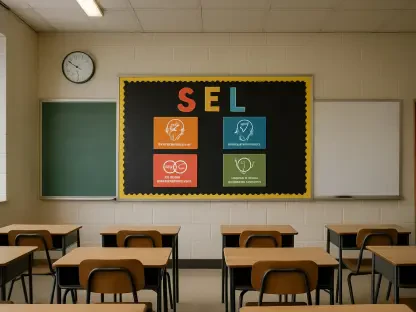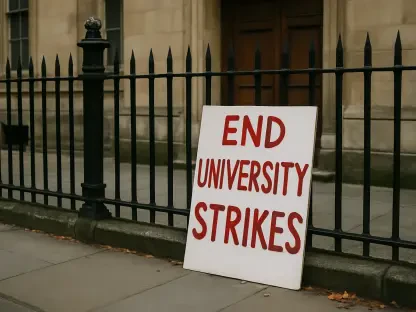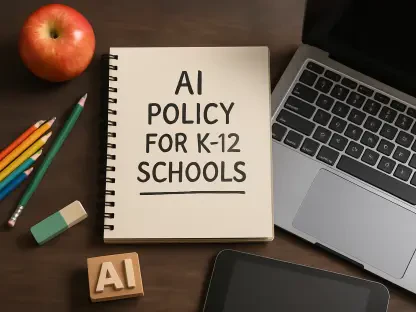New Haven Public Schools (NHPS) are facing a period of significant financial strain, grappling with a substantial budget deficit initially calculated at $23 million. This shortfall poses serious questions about the district’s ability to maintain its educational standards and services without resorting to drastic measures or compromising quality. Superintendent Dr. Madeline Negrón has made notable progress in reducing this deficit, now down to $3.8 million, through strategic decisions such as closing Brennan-Rogers School and cutting unfilled positions, notably without disrupting employment for existing staff. These measures have been necessary to mitigate the financial challenges, yet the looming prospects of further federal funding reductions present a continuing obstacle. Assistant Superintendent Keisha Redd-Hannans has highlighted the difficulties in balancing potential federal grant cuts with the need to uphold quality educational programs, an essential undertaking for the district.
Innovative Approaches to Funding
Mayor Justin Elicker has taken steps to further alleviate the budget concerns by proposing to allocate $3 million to the schools, a plan aimed at further narrowing down the fiscal gap. This proposal, once it receives approval from the Board of Alders, would leave NHPS with the challenge of addressing the remaining shortfall of $800,000. Beyond immediate fiscal issues, the broader context has seen closures of schools such as Brennan-Rogers, the third in the aftermath of the COVID-19 pandemic, emphasizing the need to find sustainable solutions. The district is seeking the Board of Alders’ permission to repurpose revenues from leasing or selling sites like the Quinnipiac Real World STEM School and West Rock STREAM Academy, which were closed in 2021 following substantial upgrade requirements. This financial strategy is focused on sustaining capital projects, particularly in New Haven’s west side, which faces increased pressure to maintain sufficient educational resources in light of recent closures.
Collaborative Strategies for Sustainable Investments
The challenge of balancing financial constraints with maintaining educational quality highlights the need for coordinated efforts among the district, local government, and community stakeholders. Investing wisely and strategically in education is crucial, especially given today’s financial challenges. To ensure educational resources remain strong and accessible, the district should explore potential revenue sources, like partnerships with local businesses or new grant applications. Transparency in budgeting and increased community involvement could build trust and demonstrate a commitment to protecting students and educators’ interests. Moving forward demands innovative thinking and unified action, where collaboration among various entities can lead to sustainable outcomes. Despite immediate pressures, the forward-thinking strategies being explored by the district and its partners lay the groundwork for lasting solutions to current challenges, paving a path toward overcoming the crisis and ensuring a stable educational future.









